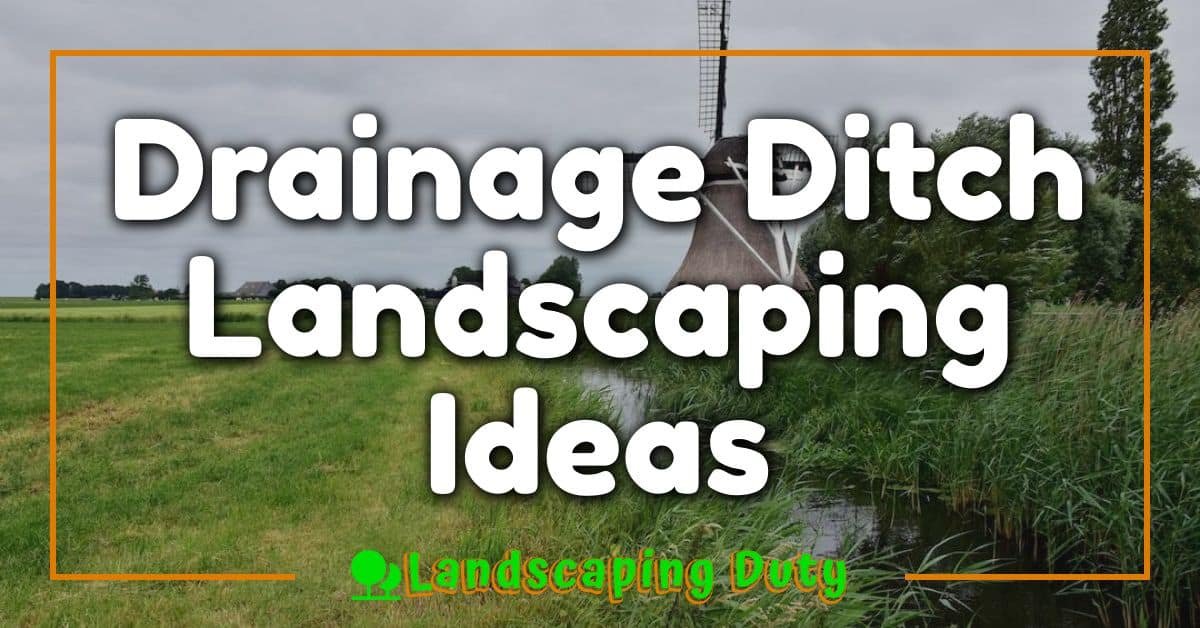There’s something magical about the sound of flowing water in a backyard. It transforms any outdoor space into a peaceful retreat, making it a perfect addition to your landscape design. Whether it’s a small bubbling fountain or a serene koi pond, water features bring life, movement, and a touch of elegance to your yard.

I’ve always believed that water features create a unique connection between nature and design. They don’t just enhance the aesthetic appeal but also offer a calming ambiance that helps you unwind after a busy day. Plus, they attract birds and other wildlife, making your garden feel even more alive.
Thinking about adding one to your space? It’s easier than you might think to incorporate a water feature that fits your style and budget. Let’s explore how to make your landscape truly stand out with the perfect water element.
The Benefits Of Adding Water Features To Your Landscape Design
Adding water features enhances the functionality and beauty of any outdoor space. They provide aesthetic value, increase property appeal, and promote relaxation by creating a soothing environment.
- Enhanced Curb Appeal
Water features like fountains, ponds, or waterfalls improve visual interest. Dynamic water movements and reflective surfaces attract attention and create stunning focal points. These elements also add a sense of luxury to your property.
- Increased Property Value
Properties with well-integrated water features are perceived as more desirable. A well-maintained water feature can boost the market value of your home, appealing to potential buyers who seek unique landscaping.
- Stress Reduction
Flowing water sounds reduce stress and foster tranquility. This natural ambiance can help create a private retreat-like atmosphere, enhancing the overall outdoor living experience.
- Wildlife Attraction
Water features can draw birds, butterflies, and other wildlife to your garden. For example, adding a birdbath or pond can support local ecosystems while making your landscape livelier.
- Improved Air Quality
Water features naturally humidify the air and release negative ions, which contribute to air purification. Features like waterfalls or mist fountains further enhance the surrounding environment’s quality.
By integrating water features, landscapes can combine functionality with unmatched visual and sensory effects. Each benefit contributes to creating enjoyable and peaceful outdoor spaces.
Types Of Water Features To Consider
Adding water features can transform any landscape into a serene retreat. Each type brings unique characteristics, allowing me to tailor the design to suit preferences and outdoor space.
Ponds
Ponds create tranquil focal points and support aquatic life. I can design them to fit various styles, from natural, rock-edged ponds to sleek, modern designs. Including plants like lilies or incorporating koi fish enhances visual interest and biodiversity.
Fountains
Fountains add elegance and soothing motion through cascading water. Options range from standalone structures to wall-mounted fountains. I find they’re space-efficient, making them an excellent choice for small yards or patios.
Waterfalls
Waterfalls provide dynamic soundscapes and striking visuals. Whether used as standalone features or integrated with ponds, I can adjust their size to suit large or compact landscapes. Adding rocks or LED lighting enhances their dramatic appeal.
Streams
Streams connect and unify various sections of the landscape. These features mimic flowing natural water and provide a continuous sound element. I often combine streams with other features, like waterfalls or ponds, for a cohesive design.
Designing A Water Feature That Fits Your Space
Creating a water feature that complements your space enhances both style and functionality. Whether working with tight areas or expansive yards, thoughtful planning ensures a perfect fit.
Small Spaces
Maximizing small spaces requires compact and creative water features. Mini fountains, tabletop fountains, and wall-mounted water features are ideal examples for confined areas. These options offer soothing water sounds without overwhelming the space.
Incorporating vertical elements like wall fountains conserves floor space while adding an elegant focal point. For balconies or patios, small movable fountains or self-contained basins provide flexibility and charm. Choosing simple, lightweight materials like resin or fiberglass ensures portability and ease of installation.
Large Landscapes
Larger landscapes benefit from expansive and dramatic water features that integrate seamlessly with the environment. Ponds, cascading waterfalls, and meandering streams make striking additions. These elements create dynamic soundscapes, sustain aquatic ecosystems, and elevate the visual impact.
« Creating a Formal Garden Layout: Step-by-Step Guide to Elegant and Symmetrical Design 25 Front Yard Landscaping Ideas to Boost Curb Appeal on Any Budget »
Designing multiple interlinked features like a series of cascades or a pond with a fountain centerpiece enhances scale and interest. Selecting natural materials such as stone and native plants ensures harmony with the surrounding environment. For larger properties, incorporating LED lighting into water elements enhances aesthetics and functionality, especially at night.
Installation And Maintenance Tips
Efficient installation and consistent upkeep ensure longevity and functionality of water features. Selecting durable materials and managing water quality are critical steps to achieve this.
Choosing The Right Materials
Selecting suitable materials impacts the durability and aesthetic appeal of your water feature. I prefer natural stones for their timeless look and ability to blend with outdoor environments. Concrete works well for modern designs, offering versatility for custom shapes. Pre-formed liners, made from polyethylene or fiberglass, simplify installation for ponds. Ensure pumps and filters match the size of your water feature to promote smooth operation. UV-resistant materials for hoses and pipes help prevent degradation from sunlight exposure.
Maintaining Water Quality
Maintaining water clarity prevents algae growth and supports a healthy ecosystem. Regularly skim debris like leaves to avoid clogging and decay. Install a filtration system to keep water clean and ensure consistent circulation. Use beneficial bacteria treatments to break down organic waste without harsh chemicals. If algae persist, I recommend adding UV sterilizers or algaecides specifically designed for water features. Check water levels weekly, especially during hot seasons, and refill as needed to compensate for evaporation.
Enhancing Aesthetic Appeal With Water Features
Water features transform landscapes by adding visual elegance and dynamic movement. The shimmering reflections and flowing patterns of water create a focal point that immediately draws attention. Whether it’s a cascading waterfall or a tranquil pond, these elements introduce a unique dimension of beauty.
Careful placement amplifies the impact of water features. Positioning a fountain near the entrance accentuates curb appeal. Ponds surrounded by lush greenery create secluded oases, while streams weaving through gardens add a natural, cohesive feel to the layout. Using materials like stone and wood integrates the feature seamlessly with the environment.
Lighting enhances aesthetics further, especially after dark. Submersible LED lights highlight water movements, creating captivating effects and improving nighttime visibility. Warm-colored lights emphasize soft textures, while cool tones add a modern touch.
Incorporating aquatic plants boosts visual interest. Lilies, cattails, and lotuses complement water features, blending natural beauty with functional benefits such as reducing algae growth. Adding koi or goldfish introduces vibrant colors and liveliness, engaging both residents and visitors.
I ensure the selection of the water feature aligns with the landscape’s theme. Minimalist fountains suit modern settings, while intricate waterfalls complement traditional gardens.
Conclusion
Adding a water feature to your landscape design is a transformative choice that elevates both the functionality and beauty of your outdoor space. Whether you opt for a serene pond, a graceful fountain, or a cascading waterfall, the possibilities are endless and can be tailored to your unique style and needs.
With thoughtful planning, the right materials, and proper maintenance, your water feature will become a timeless centerpiece that enhances your connection to nature. It’s an investment in tranquility, elegance, and the overall value of your home. Let your landscape come alive with the soothing charm of water.
















